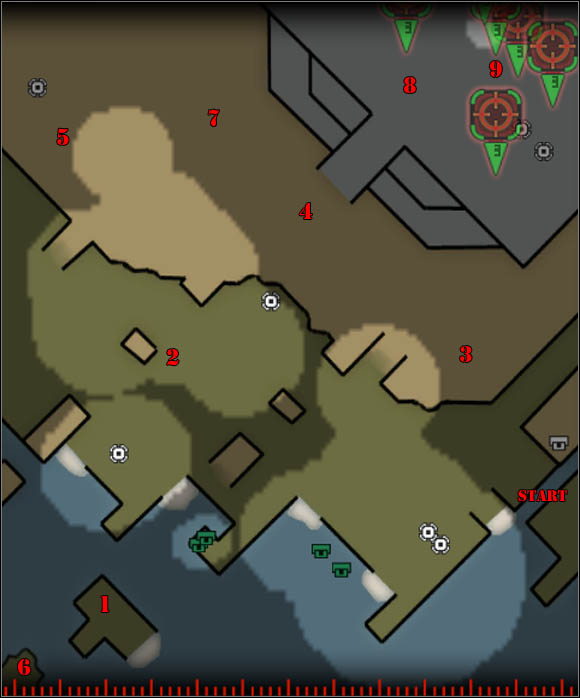

Thus, ozone levels depend on background conditions as well as emissions. Instead, volatile organic compounds and nitrous oxides released from vehicles, power plants, industrial processes, landfills and other biomass and fossil fuel burning facilities react with sunlight to form this secondary pollutant. These regulations are difficult to enforce, because unlike many other air pollutants, ozone is not directly emitted. And in many countries, officials often struggle to enforce even these weaker regulations. European governments set the threshold at 60 ppb, while the limit stands at 70 ppb in the United States and 75 ppb in China.


But these regulations often exceed the World Health Organization’s guidelines for safe ground-level ozone concentrations: 50 parts per billion (ppb) over an eight-hour average. Many countries implement air quality standards to protect citizens’ health. Climate change only intensifies these impacts as rising temperatures and shifting weather patterns will increase the number of days with high ozone concentrations.īut reducing ozone pollution poses complex governance challenges. From 2010 to 2012, for example, increased amounts of ozone reduced global yields of staple grains, such as wheat, rice and maize, by 227 metric tonnes. Ground-level, or tropospheric, ozone pollution also threatens critical ecosystems like forests, contributes to rising global temperatures and damages crop production by reducing plants’ ability to turn sunlight into growth. Short-term exposure to this greenhouse gas can cause a host of respiratory problems, from chronic obstructive pulmonary disease to emphysema, and like many environmental health challenges, as ozone pollution increases, so will the consequences for people in less-developed countries. Today, most of the global population breathes unhealthy air, with ground-level ozone pollution accounting for nearly half a million early deaths worldwide in 2017 alone.

But closer to Earth’s surface, rising ozone levels – formed when pollutants from a wide range of sources react with each other – blanket cities in smog. High up in the stratosphere, naturally occurring ozone reflects solar radiation back into space, protecting people and the planet from harmful ultraviolet rays.


 0 kommentar(er)
0 kommentar(er)
